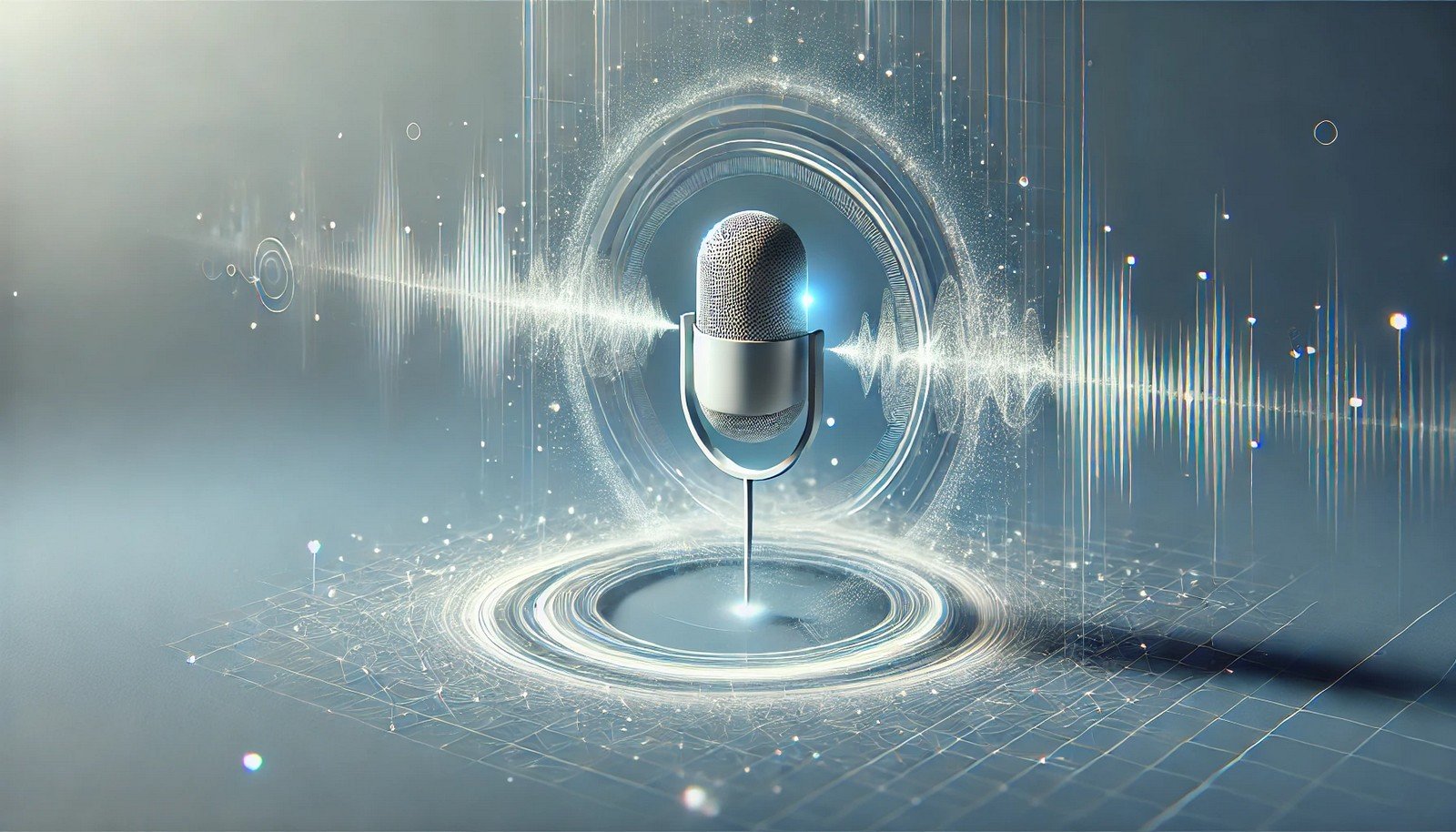Speech-to-Text (STT)

Quick Navigation:
- Speech-to-Text Definition
- Speech-to-Text Explained Easy
- Speech-to-Text Origin
- Speech-to-Text Etymology
- Speech-to-Text Usage Trends
- Speech-to-Text Usage
- Speech-to-Text Examples in Context
- Speech-to-Text FAQ
- Speech-to-Text Related Words
Speech-to-Text Definition
Speech-to-Text (STT) technology uses AI models to recognize and convert spoken words into text format. This process typically involves a microphone capturing the audio, transforming sound waves into text through phonetic, linguistic, and statistical analysis. Speech-to-Text is pivotal in technologies like virtual assistants, transcription tools, and accessibility aids for those with hearing impairments. Key technologies include deep learning and neural networks, optimizing recognition accuracy across diverse languages and dialects.
Speech-to-Text Explained Easy
Imagine a friend writing down everything you say as you speak. That’s what Speech-to-Text does! It listens to your voice and writes your words for you, using computers that have been trained to understand different sounds and words.
Speech-to-Text Origin
The foundation for Speech-to-Text technology lies in the development of automatic speech recognition systems in the 1950s, but significant advancements came with the growth of AI and machine learning in the 2000s, which vastly improved accuracy and speed.
Speech-to-Text Etymology
The term “Speech-to-Text” signifies the transformation from spoken sounds (speech) into readable characters (text).
Speech-to-Text Usage Trends
The rise of digital assistants and smart devices has popularized Speech-to-Text technology. Increasingly, it is used in real-time applications such as voice search, call centers, and transcription services. Enhanced language models have made it more reliable across different accents, languages, and environments.
Speech-to-Text Usage
- Formal/Technical Tagging:
- Natural Language Processing (NLP)
- Speech Recognition
- Transcription Services - Typical Collocations:
- “Speech-to-Text software”
- “real-time transcription”
- “speech recognition accuracy”
- “voice-to-text technology”
Speech-to-Text Examples in Context
- A virtual assistant like Siri or Alexa uses Speech-to-Text to respond to your voice commands.
- Customer support centers implement Speech-to-Text to automatically transcribe and analyze call data.
- Students use Speech-to-Text tools to take notes during lectures by speaking instead of typing.
Speech-to-Text FAQ
- What is Speech-to-Text?
Speech-to-Text is technology that converts spoken language into written text. - How does Speech-to-Text work?
It uses AI models to analyze audio input and match sounds to words, converting them into text. - What are some uses for Speech-to-Text?
It’s used in virtual assistants, transcription services, accessibility tools, and call centers. - Is Speech-to-Text accurate?
Accuracy varies but has improved significantly, with models adapting to accents and languages. - What devices use Speech-to-Text?
Smartphones, smart speakers, computers, and wearable devices commonly use this technology. - Can Speech-to-Text work offline?
Some applications allow offline usage, but internet-connected models often perform better. - Is Speech-to-Text secure?
Security depends on the provider; some services encrypt data for privacy. - How is Speech-to-Text trained?
It’s trained on vast amounts of audio data, improving with machine learning. - What languages does Speech-to-Text support?
Many tools support multiple languages and even dialects, thanks to AI advancements. - Can Speech-to-Text recognize different voices?
Some advanced models can differentiate between speakers for more accurate transcriptions.
Speech-to-Text Related Words
- Categories/Topics:
- Voice Recognition
- Machine Learning
- Assistive Technology
Did you know?
The first speech-to-text system was created by Bell Labs in the 1950s and could only recognize digits. Modern systems recognize thousands of words and even interpret context, thanks to deep learning advancements.
PicDictionary.com is an online dictionary in pictures. If you have questions or suggestions, please reach out to us on WhatsApp or Twitter.Authors | Arjun Vishnu | @ArjunAndVishnu

I am Vishnu. I like AI, Linux, Single Board Computers, and Cloud Computing. I create the web & video content, and I also write for popular websites.
My younger brother, Arjun handles image & video editing. Together, we run a YouTube Channel that's focused on reviewing gadgets and explaining technology.



Comments powered by CComment